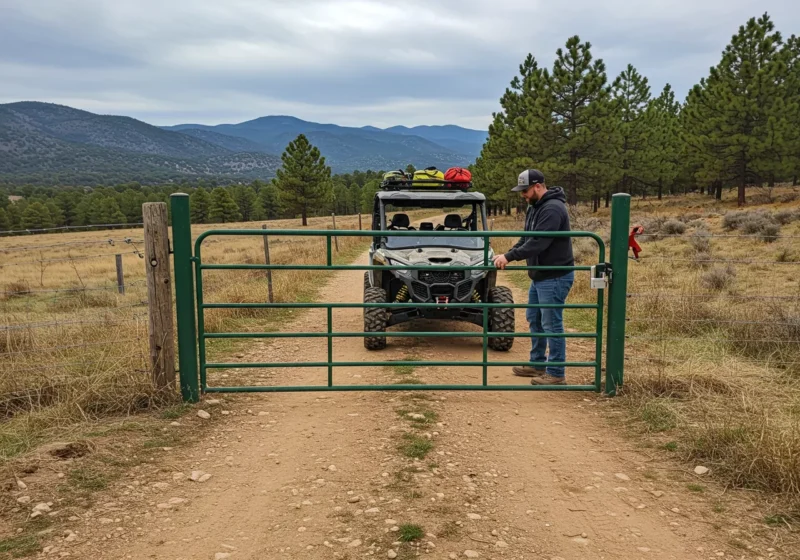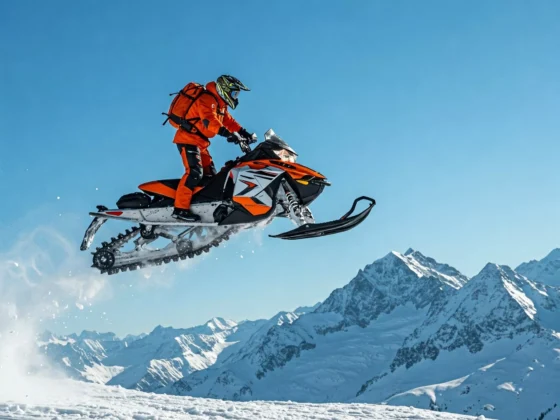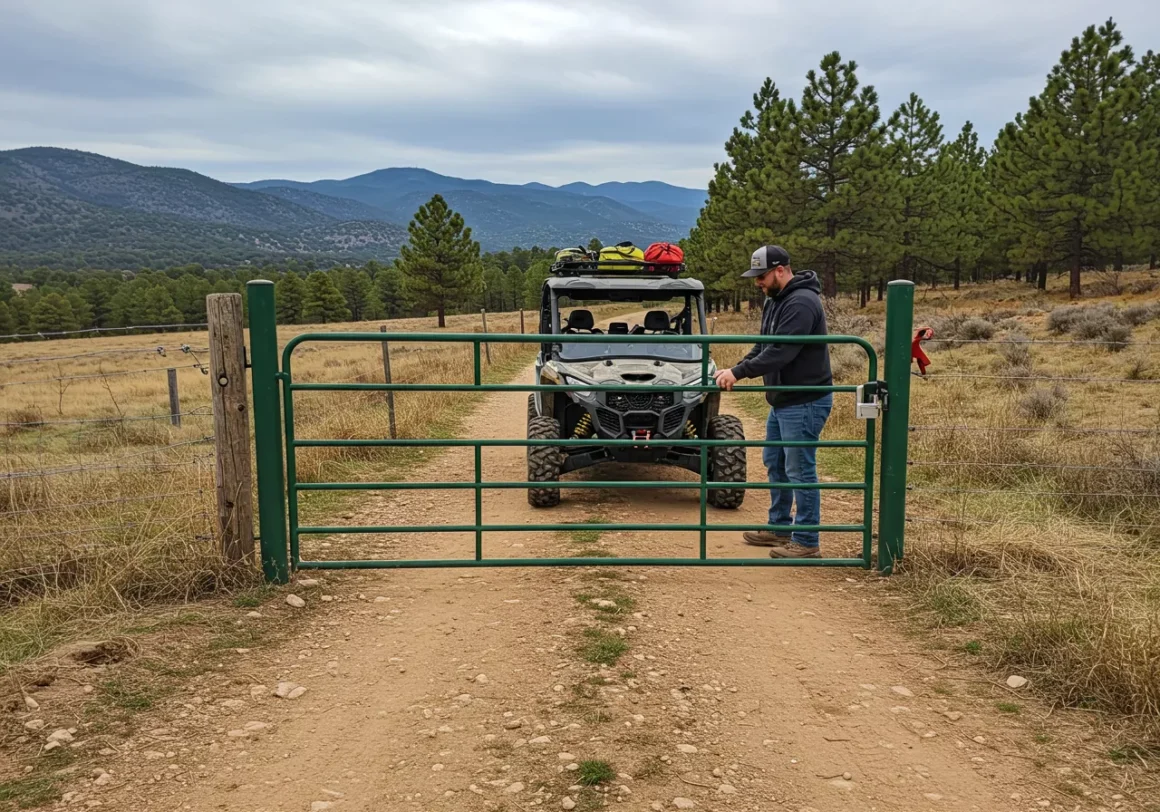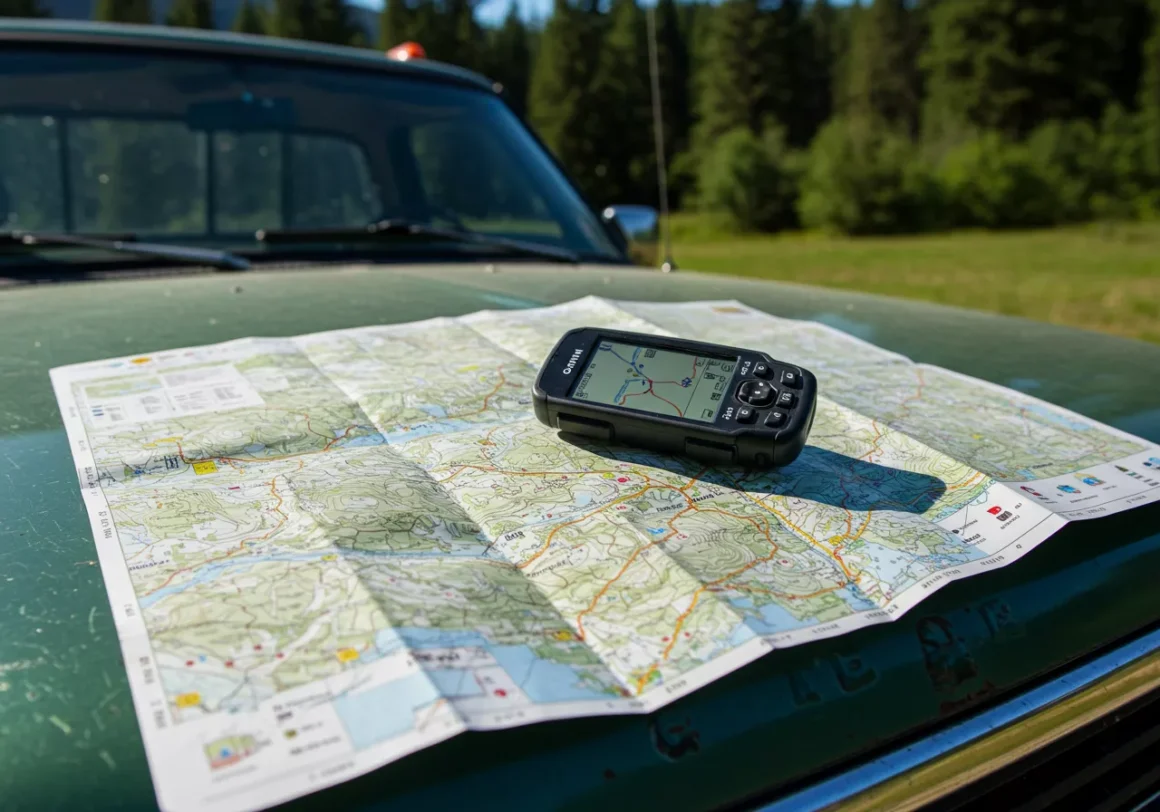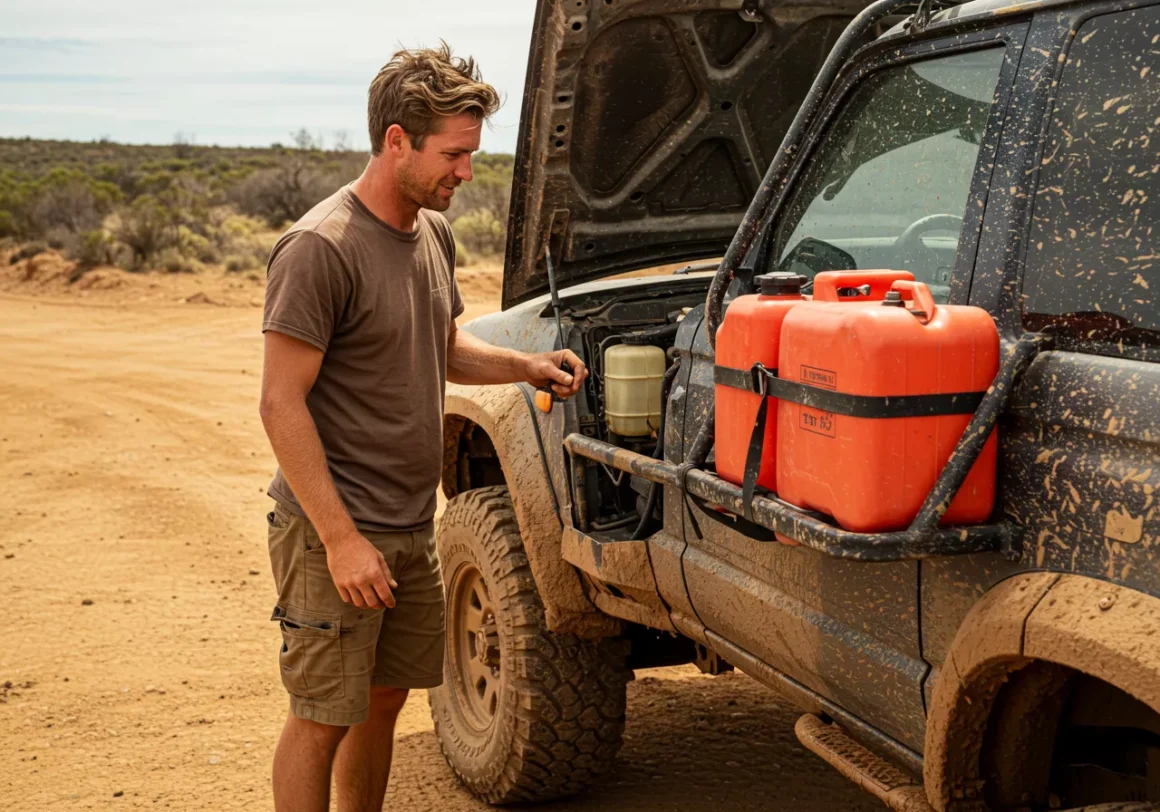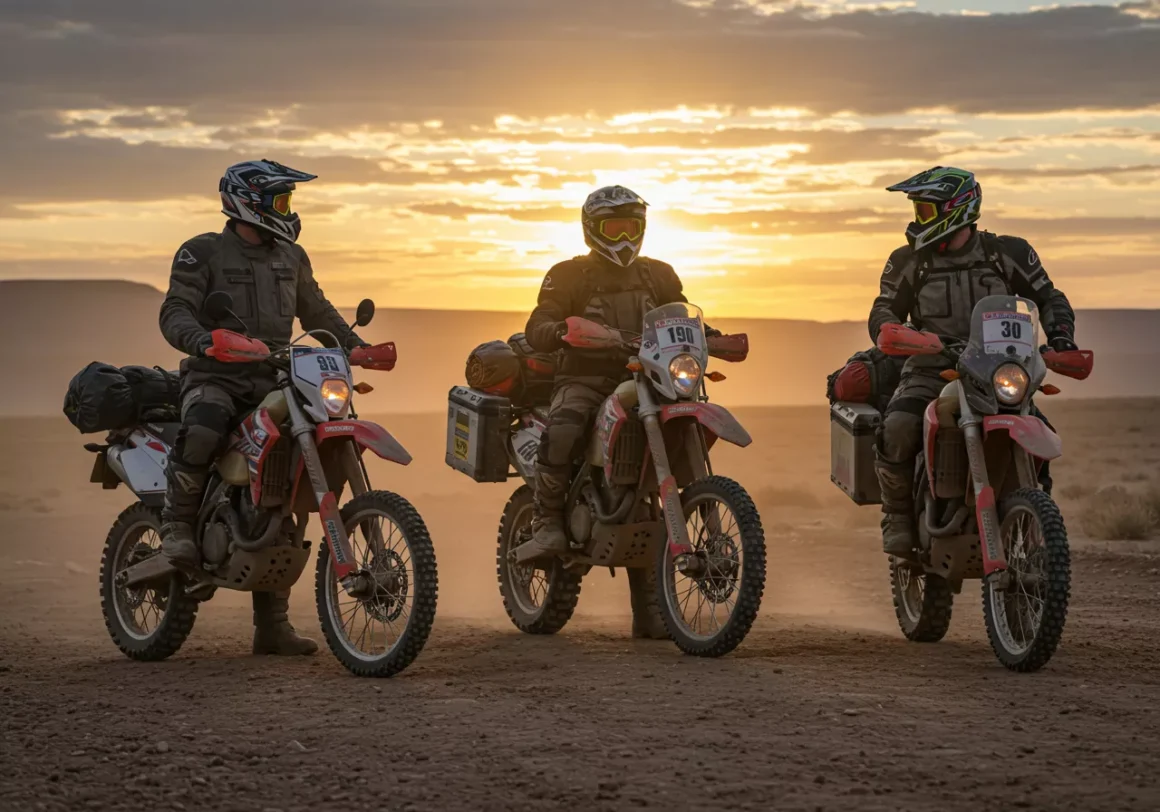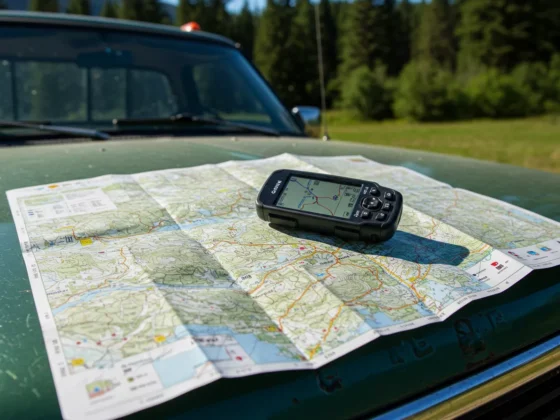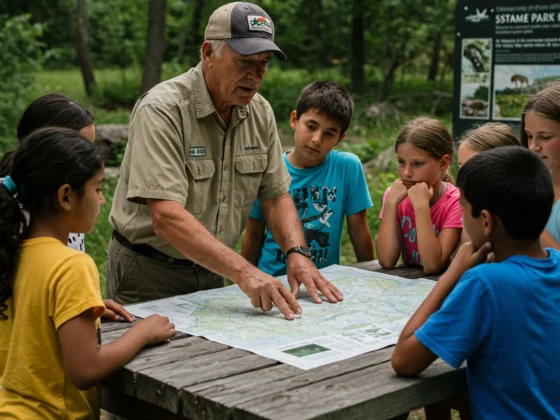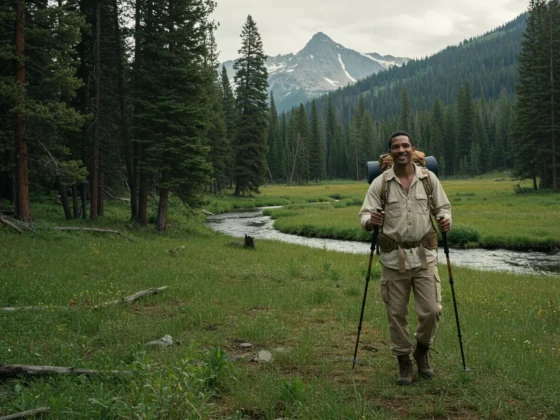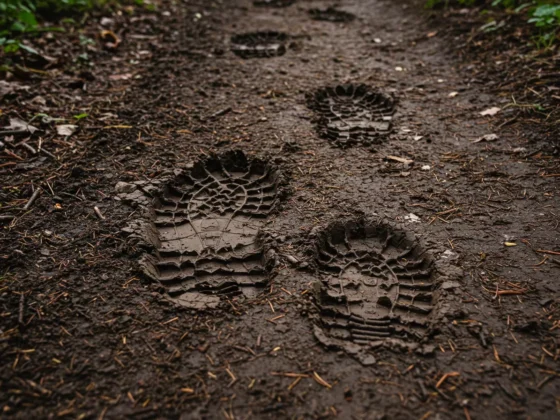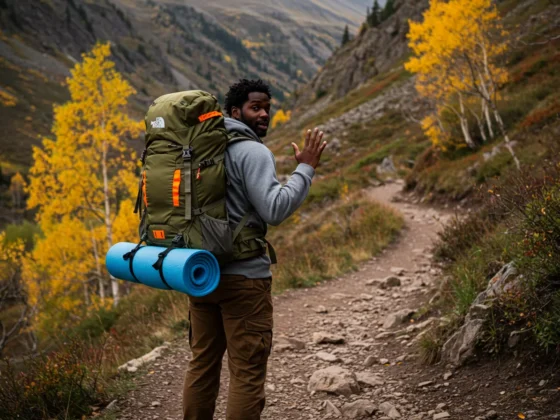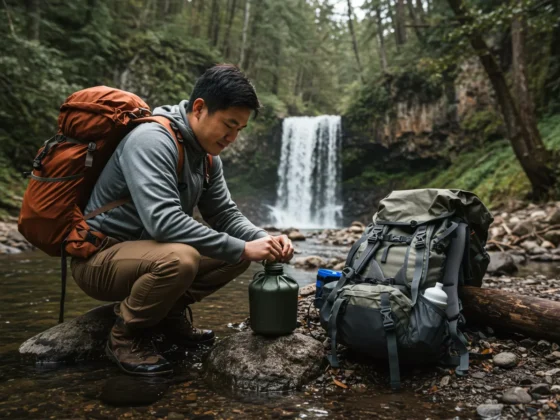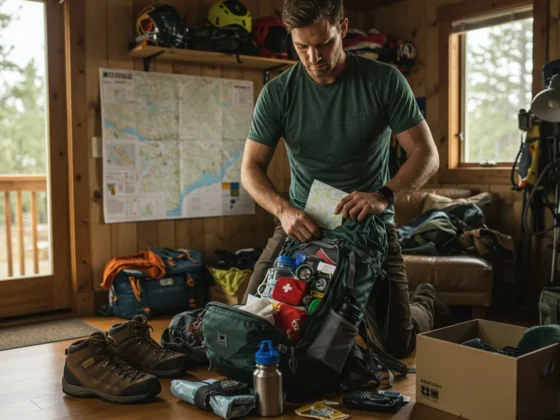Alright folks, let’s talk about getting way out there. You know, beyond the perfectly graded gravel roads, past where the pavement even dreams of going. We’re talking about unlocking those truly remote wilderness spots – the ones that require a bit more grunt and a whole lot more planning. This is where your offroad rig earns its keep.
Accessing these hidden gems isn’t just about having four-wheel drive; it’s about preparation, understanding your vehicle, and respecting the places you’re going. Think of your rig not just as transportation, but as a key to adventure, a mobile basecamp, and, potentially, your lifeline.
Here’s the lowdown on venturing beyond the pavement:
1. Your Rig: More Than Just a Pretty Face
Before you even think about tackling that faint two-track disappearing into the trees, your vehicle needs to be up to snuff. For remote access, you’re asking a lot more of it than a trip to the grocery store.
- Tires are King (and Queen): This is non-negotiable. Highway tires are just asking for trouble. You need aggressive all-terrains or mud-terrains with strong sidewalls. Check pressure before you leave the pavement and be prepared to air down for better traction and a smoother ride on rough stuff. Don’t forget a robust spare and the tools to change it!
- Suspension Matters: Stock suspension is fine for fire roads, but for anything more challenging, especially with gear loaded, you’ll appreciate an upgrade. Increased ground clearance is your friend, helping you clear obstacles without scraping vital components. Better articulation keeps your tires on the ground, providing traction.
- Underbody Protection: Skids plates for your engine, transmission, transfer case, and fuel tank are cheap insurance against rocks and stumps trying to ruin your day (and your drivetrain).
- Recovery Points: Know where yours are and make sure they are solid, frame-mounted points, not just tow hooks bolted to the bumper fascia. You will need them eventually, even if it’s just to pull someone else out.
- Fluids and Maintenance: Seriously, check everything. Oil, coolant, brake fluid, differential fluids. Are belts and hoses in good shape? A breakdown deep in the backcountry is a major headache. Pack spares for common failure points if you’re going truly remote.
Pro Tip: Get familiar with your vehicle’s 4WD system. High range? Low range? Locking differentials? When and how do you use them effectively? Practice before you hit the gnarly stuff.
2. Essential Gear: Your Lifeline and Problem Solvers
Think of this as your “get-unstuck-and-stay-safe” kit. Don’t skimp here.
- Recovery Gear:
- Winch: If you’re serious about remote solo travel or tackling tough obstacles, a winch is invaluable. Make sure it’s properly rated for your vehicle’s weight.
- Recovery Strap/Rope: A kinetic rope or a heavy-duty recovery strap (not a tow strap!) is essential for getting pulled out or pulling someone else out. Learn how to use them safely – stored energy is dangerous energy.
- Shackles: You’ll need strong, rated shackles (D-ring or soft shackle) to connect straps to recovery points.
- Gloves: Protect your hands when handling ropes, straps, and winches.
- Shovel: For digging tires out of sand, mud, or snow.
- Traction Boards: Like portable bridges for your tires in soft terrain. A game-changer.
- Navigation:
- Maps and Compass: Yes, in the age of GPS, these are still essential backups. Know how to use them.
- GPS Device/App: A dedicated offroad GPS or a robust mapping app on your phone/tablet (with downloaded offline maps!) is crucial. Know your route, potential bailouts, and waypoints.
- Satellite Communicator: For true remote travel, a satellite messenger or phone allows you to call for help even without cell signal. This isn’t optional; it’s a safety must.
- Communication:
- VHF Radio: For vehicle-to-vehicle communication if you’re traveling with others.
- Cell Phone: Know that service will be spotty or non-existent. See satellite communicator above.
- Safety and Repair:
- Comprehensive First-Aid Kit: Tailor it to your trip and training.
- Fire Extinguisher: Vehicle fires happen.
- Tool Kit: Basic hand tools, zip ties, duct tape, wire, tire repair kit, air compressor.
- Plenty of Water and Food: More than you think you’ll need, in case you get stuck longer than planned.
- Warm Clothes and Emergency Blanket: Weather can change rapidly.
- Headlamp/Flashlight: Murphy’s Law dictates you’ll break down at night.
3. Driving Techniques: Slow and Steady Wins the Race (Offroad)
Offroading isn’t about speed; it’s about finesse and momentum.
- Assess the Obstacle: Get out and look! Don’t just blindly charge into mud, rocks, or water. Plan your line.
- Low Range is Your Friend: Use 4 Low for steep ascents/descents, crawling over rocks, and tricky spots. It gives you maximum torque and control.
- Gentle on the Throttle: Spinning tires lose traction. Apply smooth, steady power.
- Know Your Angles: Approach obstacles straight on or at a slight angle to avoid getting high-centered. Be mindful of your vehicle’s approach, departure, and breakover angles.
- Water Crossings: If you must cross water, walk it first if possible to check depth and obstacles. Drive slow and create a bow wave. Know your vehicle’s water wading depth limit.
- Mud: Momentum is key, but too much speed can get you buried. Try to follow tracks if others have gone through, or pick the highest line.
- Hills: When climbing, maintain steady momentum. If you can’t make it, back down straight and controlled (in reverse gear, not riding the brakes). When descending, use low range and engine braking; avoid riding your brakes, which can lead to loss of control or overheating.
Common Pitfall: Overconfidence. Just because you have a capable rig doesn’t mean you can go anywhere. Know your vehicle’s limits and your own driving skill level.
4. Planning: The Most Important “Gear”
You wouldn’t hike a remote trail without a plan, right? The same applies to offroading.
- Route Recon: Research the trails or areas you plan to visit. Use maps, GPS data, online forums, and local knowledge. Are the trails open? What’s the difficulty? Any known obstacles?
- Weather Check: Know the forecast before and during your trip. Rain can turn a mild trail into an impassable mess. Snow requires different preparation entirely.
- Tell Someone: Let a trusted friend or family member know your itinerary, including your route, expected return time, and who is with you.
- Travel with Others (Ideally): Solo offroading in remote areas significantly increases the risk if something goes wrong. Traveling with at least one other vehicle provides backup for recovery and emergencies.
5. Respecting the Wild: Leave No Trace Offroading
Our access to these incredible places depends on us being responsible stewards.
- Stay on Designated Trails: Going off-trail damages vegetation, causes erosion, and is often illegal. Stick to the path.
- Pack It In, Pack It Out: This includes all trash, and yes, even your… human waste needs to be properly dealt with (packed out or buried well away from water sources).
- Minimize Impact: Drive carefully, avoid spinning tires unnecessarily, and bypass obstacles if they risk significant environmental damage.
- Be Considerate: Yield to hikers, bikers, and horses. Keep noise levels down, especially near campsites or populated areas.
Heading beyond the pavement with your vehicle is incredibly rewarding. It opens up possibilities for camping in solitude, reaching trailheads no one else can, and experiencing the wilderness in a unique way. But with that freedom comes responsibility. Prepare properly, know your limits, tread lightly, and those remote vistas will be waiting for you. Now get out there and explore!

